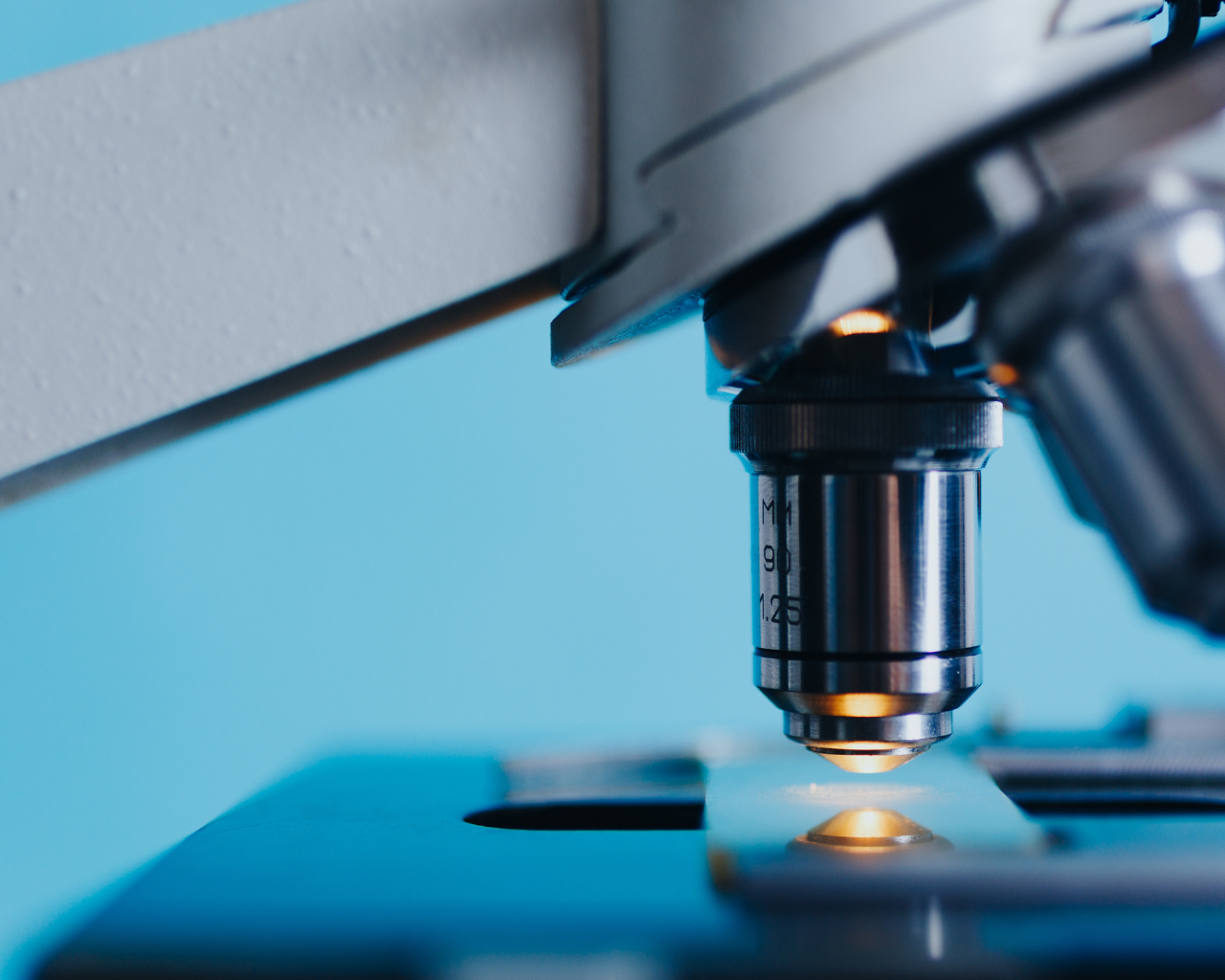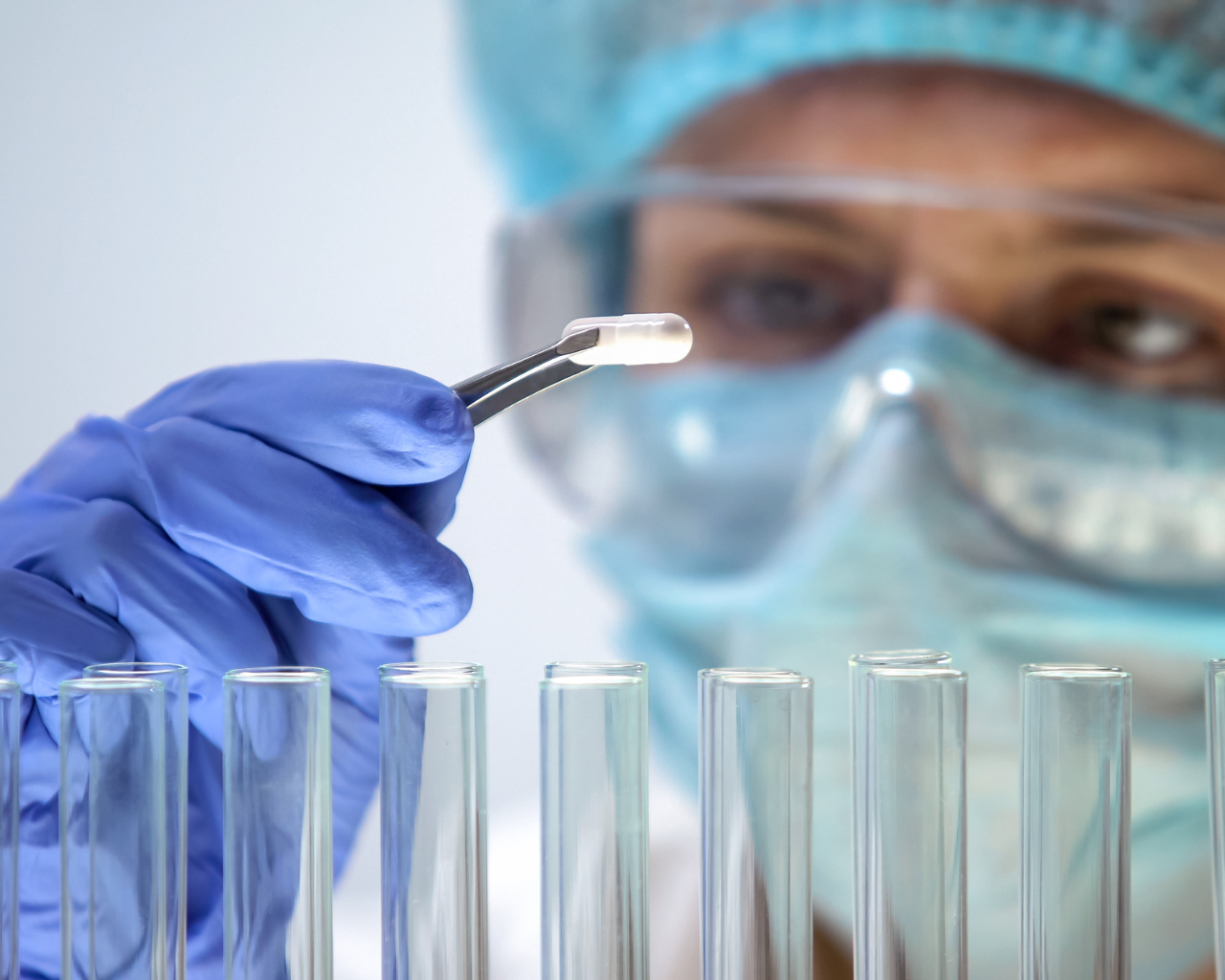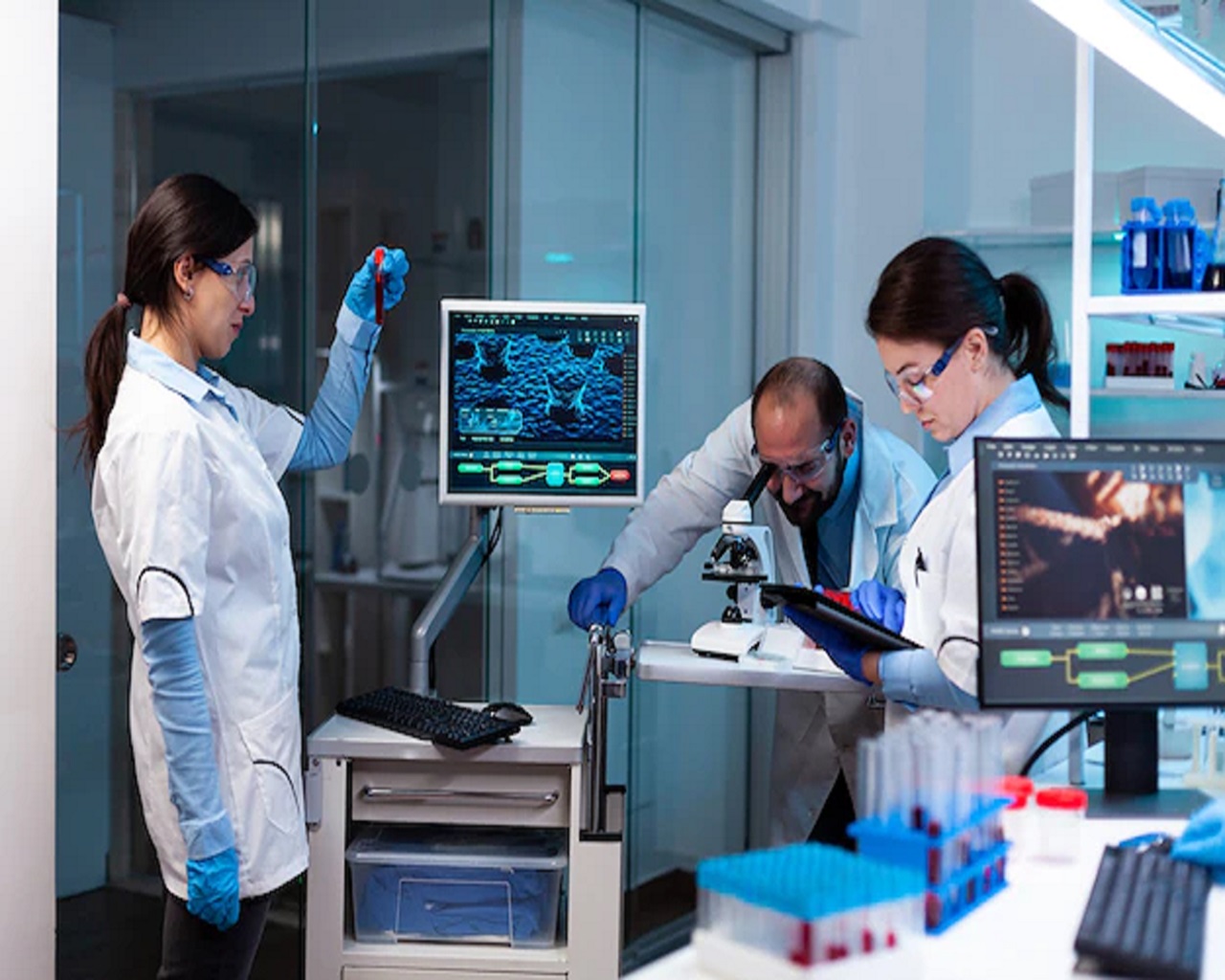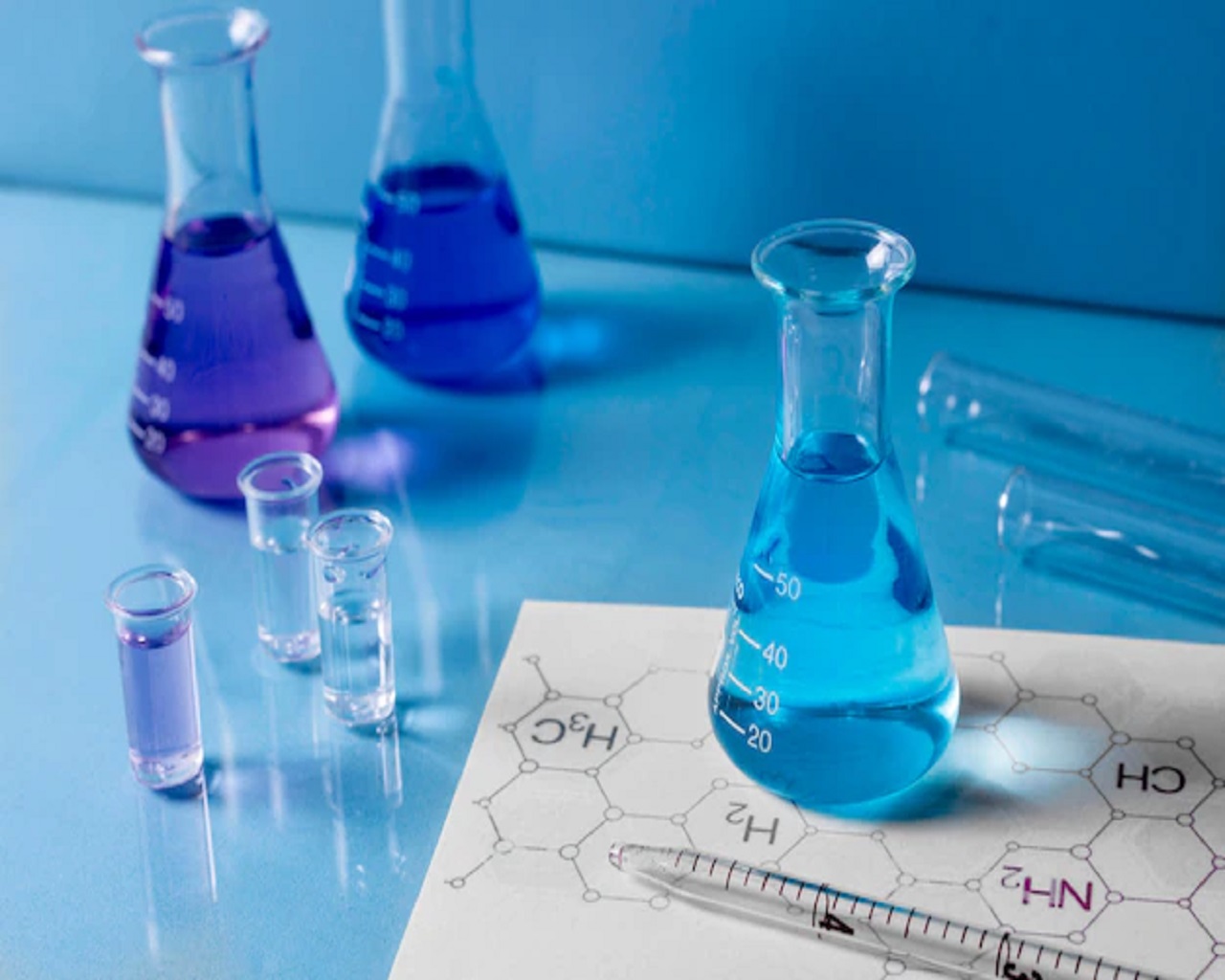01 Oct Swissmedic has issued an updated version of the Technical Interpretation “Responsible Person: Requirements”
An update of Technical Interpretation I-SMI.TI.17e, Version 7.0 “Responsible person: requirements” has been posted on the webpage on 26.08.2024 (Responsible Person: requirements (I-SMI.TI.17e) (swissmedic.ch).
For the inspectorates, to whom all technical interpretations are primarily addressed, the technical interpretation applies with immediate effect.
Key updates in the new version include clarifications concerning the educational background and knowledge requirements for the Responsible Person (RP), especially in relation to activities that demand Good Distribution Practice (GDP) and/or Good Manufacturing Practice (GMP) experience.
To ensure compliance with the new technical interpretation the licence holder is generally required to conduct a gap analysis in order to adapt immediately to the additional requirements.
Chapter 5.2 Experience states that “GDP experience is required for the import and/or wholesale with or without market release activities, as well as export, brokerage- and/or agent activities and/or trade in foreign countries”.
The same chapter also specifies that “Brokerage, agents and trade in foreign countries-activities do not count as GDP experience for the assumption of a function as a responsible person in a company with import, export and/or wholesale activities”.
In addition, a Swissmedic press release highlights a requirement outlined in Chapter 5.5. “Chapter 5.5 requires a good knowledge of the local language for the responsible person. Establishment licence holders whose already approved responsible person does not meet these requirements are given a period of 12 months from the date of publication of the updated technical interpretation to make the necessary adjustments, either by appointing a new responsible person with the required language skills or by ensuring that the responsible person acquires the required language skills within this period”.
SOURCES:
Latest posts
-
16 December, 2024 Blog
EDQM publishes draft General Chapter “Quality of Data” for Comments
-
01 October, 2024 Blog
EDQM publishes revised Ph. Eur. Water Monographs for public comment










